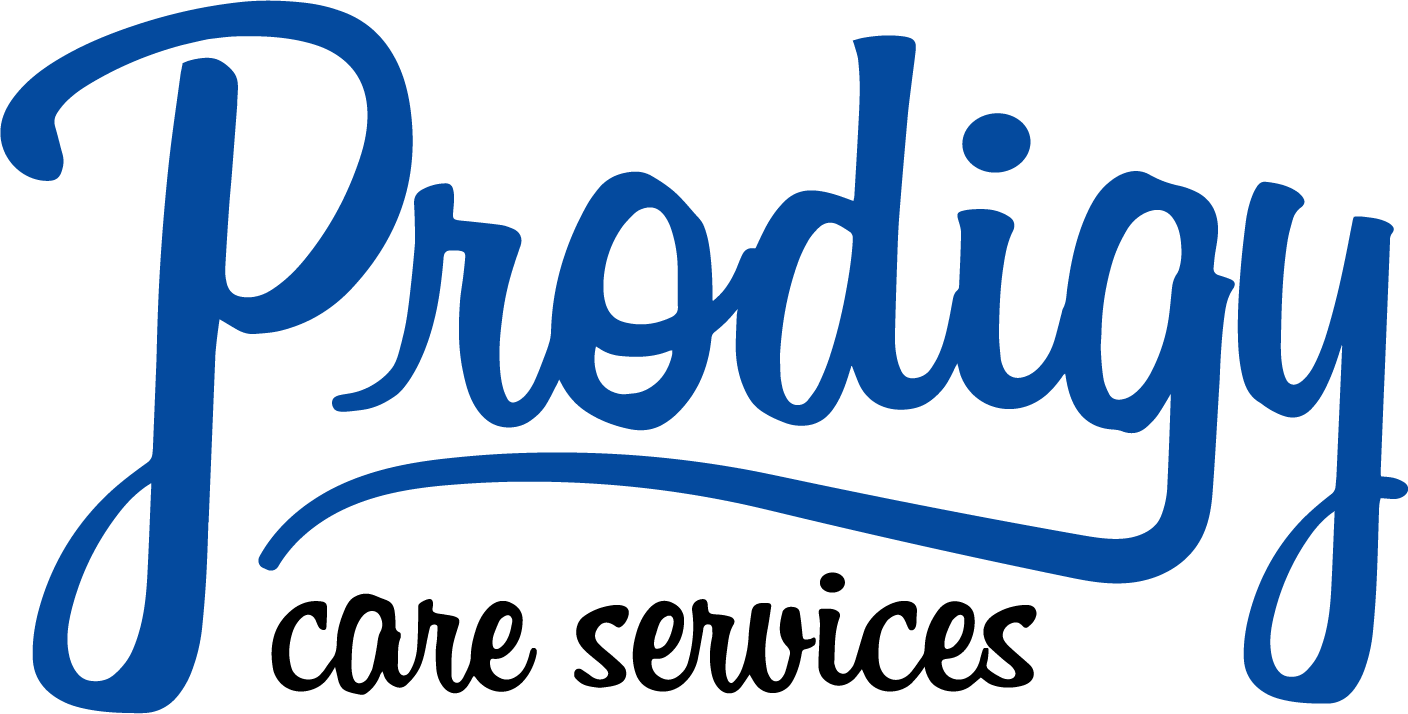A Step Toward Value: Management Across the Continuum of Care
PUBLISHED ON WORKCOMPWIRE - APRIL 18, 2023
By Del Doherty, PhD, PharmD, MBA, MPH, Co-Founder and CEO, Prodigy Care Services/ProdigyRx
The U.S. health care system is fragmented, creating silos that block communication and collaboration between vital care access points such as emergency departments, primary care practices, and other care providers.1 According to a survey by the Commonwealth Fund, the disjointed U.S. health care system impedes care coordination2, and patients and providers bear the brunt, as pressing health care problems go unresolved and dedicated professionals experience burnout from the constant friction.3
In workers’ compensation, the silos are exacerbated. Addressing medical, pharmacy, disability, and workers’ compensation programs segmentally interferes with companies’ efforts to control overall health care costs. Managed in a silo separated from employee health benefits, sometimes shackled by a disorienting number of statutes, and under constant threat of legal action, the workers’ compensation industry has arguably lagged in evolution, and its silos have gradually morphed into fortified bunkers.
Still, over the years, the workers’ comp industry has seen its share of well-intentioned providers, solutions and innovations all purporting to make a difference, only to be boxed into a silo where they burrow in and settle for the status quo.
What is needed and badly lacking are leaders, organizations, solutions, and payers that see the bigger picture and move away from program management in silos to solutions that span across the continuum of care with an astute focus on value. There is no other segment that is more rife for this than pharmacy.
For example, when a patient comes to the emergency room, a hospital pharmacist has the duty of care to not only collect the patient’s current drug regimen at the time of admission, but to go back and compile a 360-view medication history.
This process requires the pharmacist to follow the patient’s clinical journey across the continuum of care to collect information, starting with the patient/care giver, reaching out to their retail or independent pharmacy, primary care provider, and more. This is one of the most critical tasks they complete. In fact, several studies have shown that potentially harmful medication discrepancies were identified frequently on admission and that medication discrepancies can affect patient outcomes.6,7
While the purview of workers’ compensation PBM pharmacists may be limited to work-related injuries, our patients’ overall health outcomes are not. If they are to abide by their duty of care as clinicians, then it is obligatory to compile a 360-view of all patients, especially those at a high risk of poor health outcomes. This requires us to reach beyond the silos of medications filled at the point-of-sale or physician offices, to other silos of care across the care continuum. To accomplish this, we must compile and understand all of the patient’s medications, workers’ comp or not.
Yet, it can be very daunting, if not impossible, to complete this critical task for a myriad reasons, including patient recollection, poor data/information availability, siloed data access, and poor incentives for pharmacists and PBMs to go the extra crucial mile to compile and maintain a 360-view of a patients’ medication use and history across the continuum of care.
While several conceptual frameworks around the healthcare team, care coordination and clinical case management have been explored in different clinical settings with varying levels of success, it is well established that current care siloes discourage comprehensive care coordination.8
In pharmacy specifically, reimbursement models do not incentivize pharmacy-based practices to collaborate across the care continuum. Should a payer rationally expect a PBM to consistently take comprehensive actions to reduce medication use when such actions negatively impact the PBM’s bottom-line? There is an inherent flaw, a fundamental misalignment, in the current model that requires rethinking. Unless this misalignment is addressed, pharmacists and PBMs will struggle with the economic justification to fully abide by their duty of care. Instead, they will continue work within the context of our existing system, which is flawed and unsustainable.
Several regulatory, operational as well as financial models have been developed to break down the siloes, and incentivize better coordination, even in the pharmacy settings. For example, a study of pharmacist-led medication reconciliation and intervention showed that a reduction in medication discrepancies by at least 10% could cover the initial cost of pharmacist intervention, with resulting in a net benefit of $206 (95% CI, $73-$373) per patient, after accounting for intervention costs.9
Designing and promoting pharmacy-based reimbursement models that are focused on patient outcomes rather than drug utilization realigns the incentives of payers, PBMs, providers, and patients across the continuum of care. This would require a shift of care delivery from siloes to collaboration and reimbursement from utilization-based per fill model to health outcomes.
Yes, this suggests it is time we move workers’ compensation PBM reimbursement to value-based contracting. Payers that adopt this mindset and endeavor to build a culture and shared vision around the principles of value are poised to break down the walls of care silos, engender realignment with PBMs and providers, and usher in the long-awaited value-based contracting model in workers comp pharmacy.
Notes

